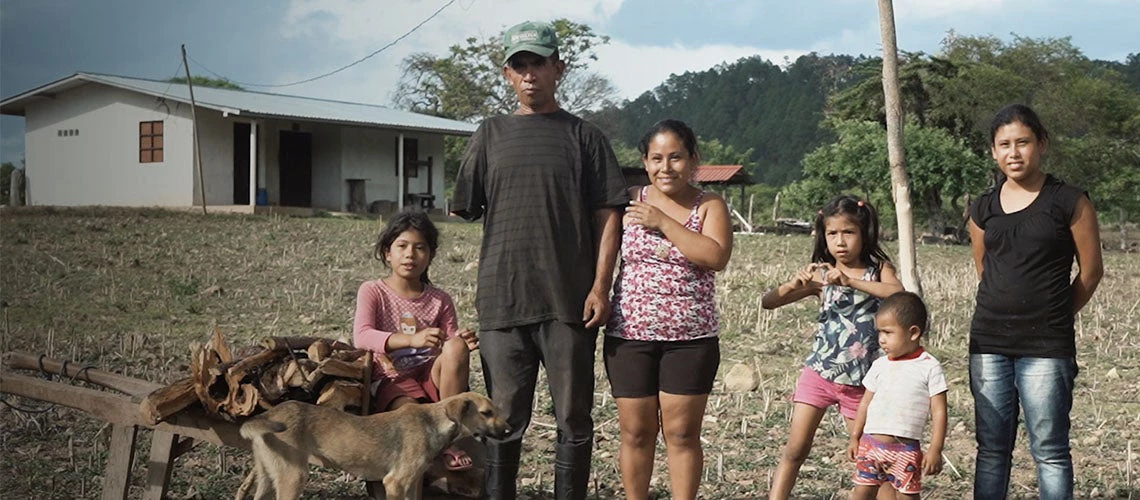 Latin American family of six. The father has a disability.
Latin American family of six. The father has a disability.
Did you know that about 85 million people living with disabilities in Latin America and the Caribbean face systematic barriers that exclude them and their families from economic, social, and political spaces? This means that unequal access to schooling, health services, transportation, and jobs prevents them from essential human rights.
A regional report by the World Bank reiterates its commitment to tackle disability exclusion and work towards a more equal and inclusive development for all. Hence, in recognition of the International Day of Persons with Disabilities, we want to reflect on what is still missing and the path to continue #BreakingBarriers making the invisible, visible.
1. Poverty and vulnerability: One in five households living in extreme poverty ($3.2 per day) has at least one member with disabilities in Latin America and the Caribbean , and there is a higher-than-average incidence of monetary poverty ($5.5 per day) in households with persons with disabilities. But poverty in our region does not affect everyone in the same way. Indigenous people and Afro-descendants represent about one-third of the Latin American population, but well over two-thirds of the people living in extreme poverty. And this additional layer of exclusion is further exacerbated for a household with a person with a disability. In all countries—except Chile—the probability of being poor for a household with a person with disability increases if there is at least one member who identifies as indigenous or Afrodescendant.
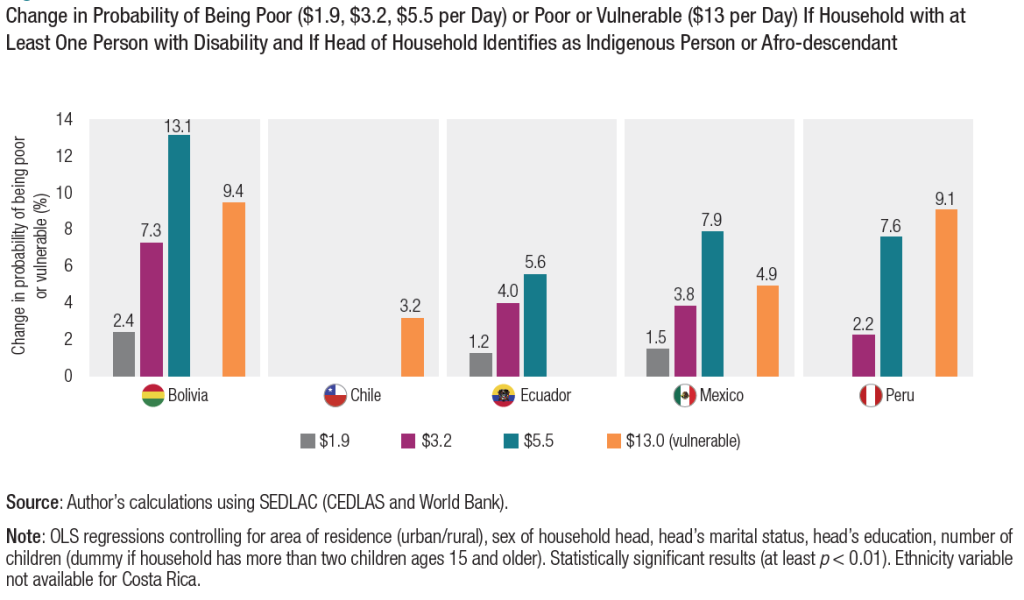
Similarly, female-headed households with members with disabilities are at a higher risk of falling into poverty, which is particularly important in these times of poli-crises, with pandemic recovery, social unrest, and economic crises. This makes households with persons with disabilities susceptible to being disproportionately hit by shocks. For instance, in Brazil about half of households with persons with a disability have not yet recovered their pre-COVID-19 income and more than half are not able to cover their basic needs.
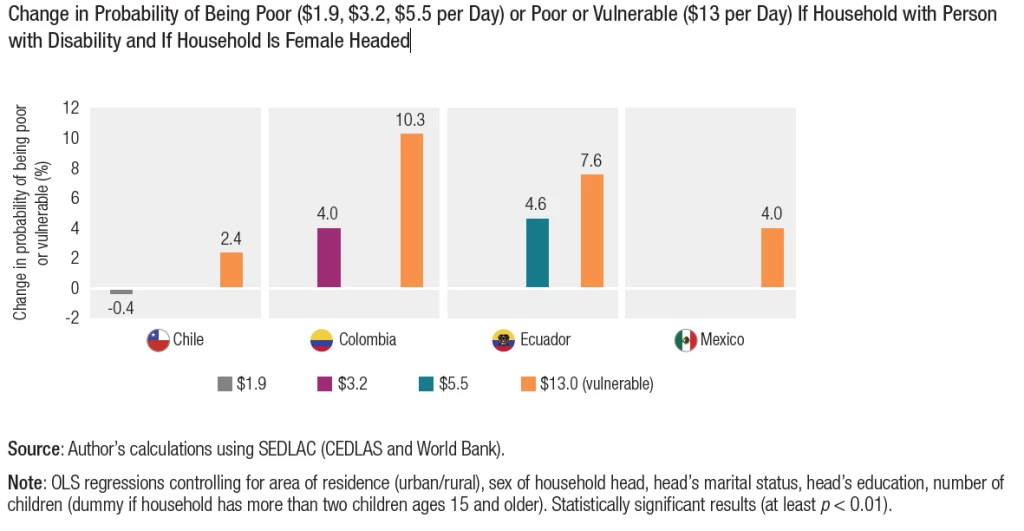
2. Education: Children and youths with disabilities have experienced chronic barriers to accessing education in Latin America and the Caribbean and worldwide. Fifteen percent of children with disabilities are unable to attend school and the ones who can, drop out early. This explains why 10 million people with disabilities cannot read or write. In countries as diverse as Brazil, Costa Rica, Ecuador, Mexico, and Uruguay, people with disabilities are on average 24% less likely to complete primary education, but that number increases to 30% if they self-identify as Indigenous or Afro-descendant. And again, the learning crises that our region is facing after unprecedented school closures during the pandemic increases the risk that the differentiated needs of these excluded populations are overlooked.
3. Skills, work, and labor outcomes: Disparities in the job market bolster exclusion in social, political, and cultural domains. One out of 2 persons with disabilities are out of the labor market and they earn between 6 and 11% less than other workers without disabilities for the same type of job . In addition, work exclusion is often triggered by workplaces that fail to be inclusive. Employers often discriminate against candidates with disabilities based on unconscious biases and social stigmas. Despite having at least 18 countries with employment quotas for persons with disabilities, implementation is lagging.
4. Voice, agency, and resilience: The lack of voice and agency has development and economic costs at the individual, household, and societal levels. Persons with disabilities have fought for decades to have their voices heard and partake in decision-making. “Nothing about us without us” has been the main motto of the global disability rights movement since the 1990s. Yet, several countries still have barriers to full and effective participation of persons with disabilities by limiting their legal capacity and/or voting rights .
Working with governments, civil society, and persons with disabilities themselves in #BreakingBarriers, assures that no one is left behind. Only together, we can increase the visibility of persons with disabilities, breaking stigmas and stereotypes perpetuated by social, economic, and political barriers . We invite you to share in the comments section below how you are #BreakingBarriers to assure equity and inclusion for all making the invisible, visible.

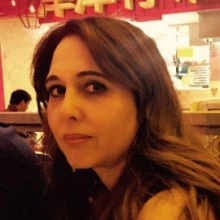
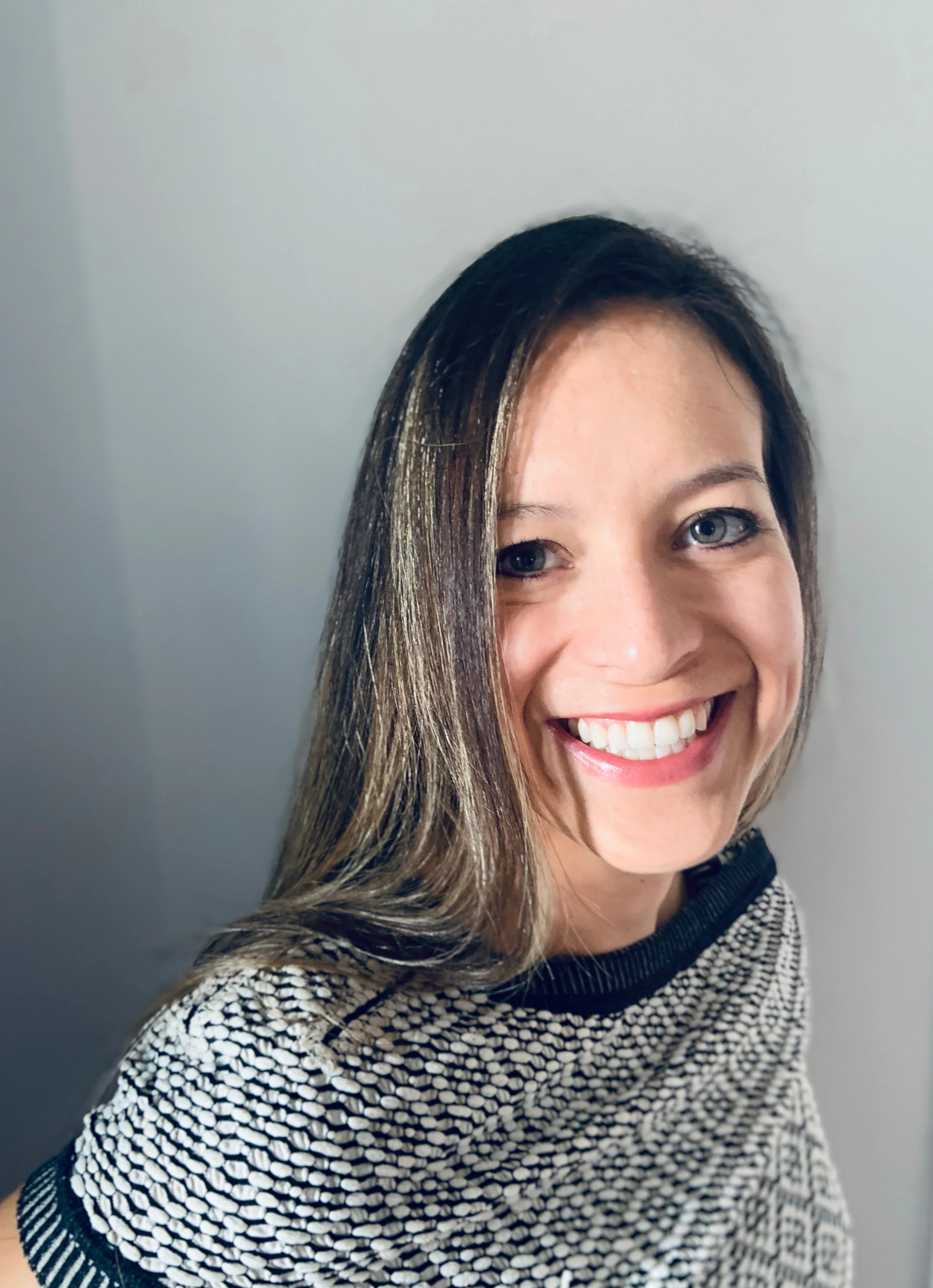
Join the Conversation